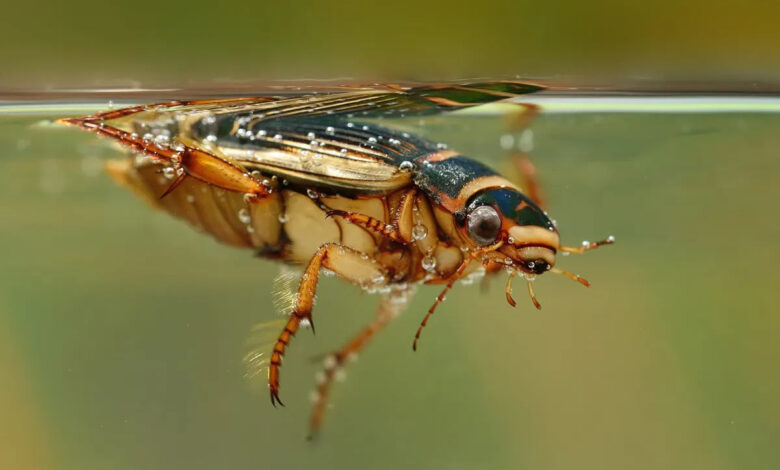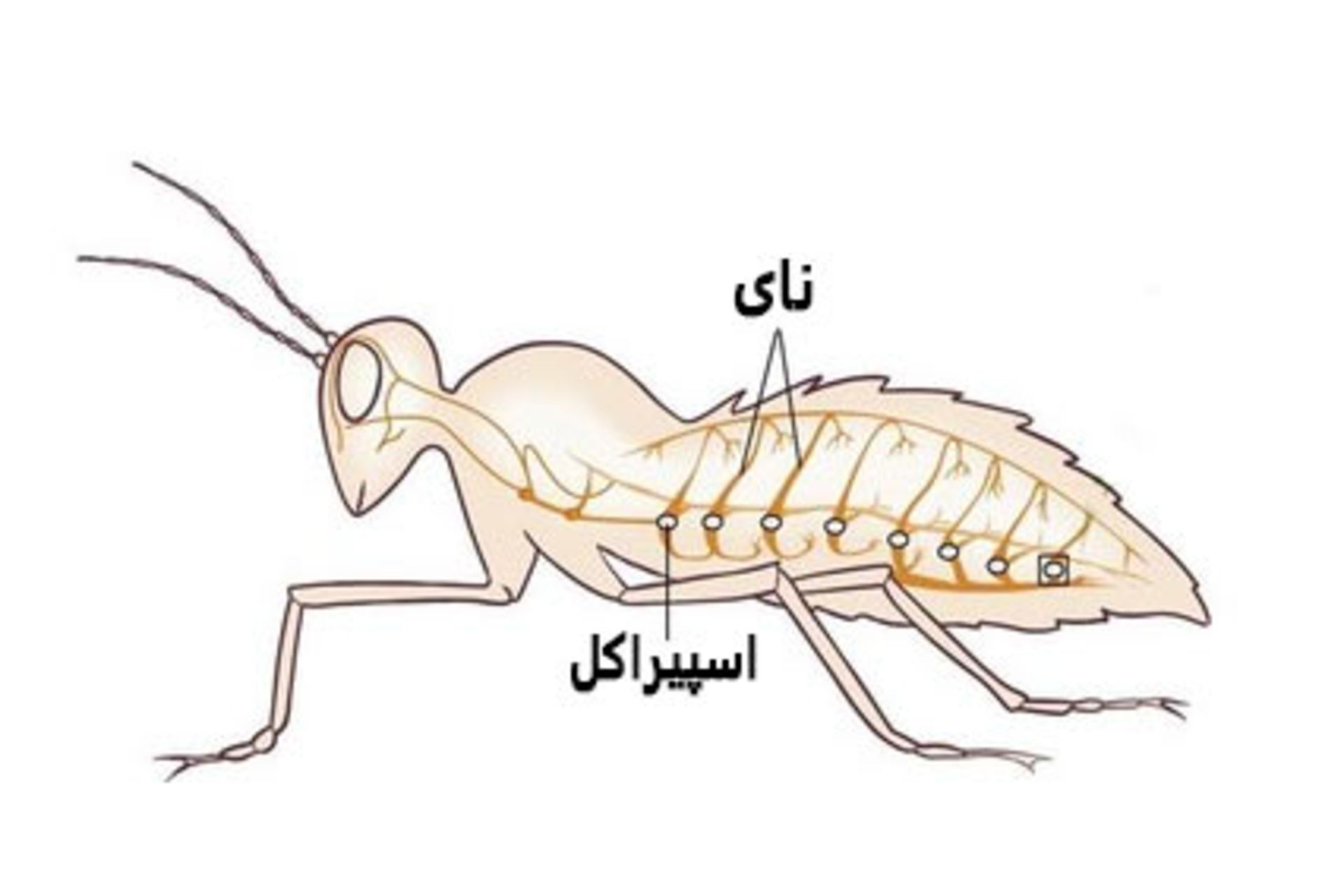
If you’ve ever seen an insect crawl out of a drain or sink, or walk near a body of water or in the rain, or if you’ve mistakenly poured water on an ant, you may wonder if insects can survive these aquatic pests. Have a good time?
Fortunately, or unfortunately for some, many insects survive even after being completely submerged in water for long periods of time. While insects vary and some withstand submersion better than others, species such as honey bees have been observed to hold their breath for up to a week.
An April 2024 study, initiated after the near-accidental drowning of a queen bee population, found that 81 percent of a sample of eastern pollinating bees (Bombus impatiens) survived seven days under water.
While the study was ethically criticized, what was investigated in the experiment happens naturally to these insects, which is why the bees have resisted it so well. Pollen bee species usually nest in the ground in earthen holes that are highly prone to flooding.
Some insects can survive in water
A special adaptation of the queen bee means that she can stay in her nest to survive the winter even when there is a high risk of heavy rain. This remarkable ability has been observed in a number of species that live in areas prone to seasonal flooding, and is also an adaptive advantage for any corridor-building species that must tolerate low oxygen levels below ground.
An article in 2006, observing the migratory behavior of insects in the floodplains of European rivers, showed that 70% of the species of beetles spend the winter in the floodplain and show resistance against submergence. However, most spiders and ground beetles in the region, like the larval forms of many species, chose to migrate away from floodplains, indicating their reduced submergence abilities. Of course, it should be kept in mind that a spider is not an insect; But like insects, it is from the arthropod branch.
So what makes insects so adept at resisting submergence and staying in low-oxygen burrows? The answer depends on the way insects breathe.
How do insects breathe?
Mammals, birds, and reptiles all breathe through a combined respiratory and circulatory system; In this way, oxygen is drawn into the lungs and into the blood, and then the heart and blood flow deliver oxygen to the tissues and muscles throughout the body.
Insects, on the other hand, have no lungs, and in fact, their respiratory and circulatory systems are completely separate. insects Naidisi respiratory system and instead of inhaling oxygen through the mouth or nostrils, through pores called spiracle which is present in the exoskeleton in the chest and abdomen, they breathe. Then a network of trachea throughout the body of the insect transports and exchanges oxygen and carbon dioxide.

In insects, oxygen in the trachea reaches the tissue directly. Spiracles are also present in some spiders, but most spiders have book-like lungs. Some spiders also have insect-like trachea and spiracle system with convergent evolution and have preserved their six book-like wings, so they have both respiratory systems.
Insects that are more active, such as those that fly, like humans, need to breathe more oxygen than species whose lives involve less movement. These insects also release carbon dioxide as a waste product, just like humans.
Differences between insect and human respiration make insects very efficient in using the oxygen they receive. Relative to their bodies, insects can breathe much more oxygen than humans and can also perform continuous gas exchange by opening and closing their spiracles.
Discontinuous gas exchange is a cycle of opening, closing and pulsating phases (sequential opening and closing) of the spiracles. During the closed and pulsating stages, the insect effectively “recycles” the oxygen in its body. This means that insects can survive for long periods of time without needing to receive fresh oxygen.
Discontinuous gas exchange is the key mechanism behind the ability of some insects to survive in low-oxygen environments and emerge intact after complete submersion.
While discontinuous gas exchange has its advantages, it is also thought to be one of the reasons why insect size is limited by the amount of oxygen in the environment. The larger the insect, the longer the inner trachea, so larger insects need a more oxygen-rich environment to absorb enough oxygen to make it even to the blind end of the trachea.
The cover image of the big diving cockroach (Dytiscus marginalis) shows that he is a good swimmer.








